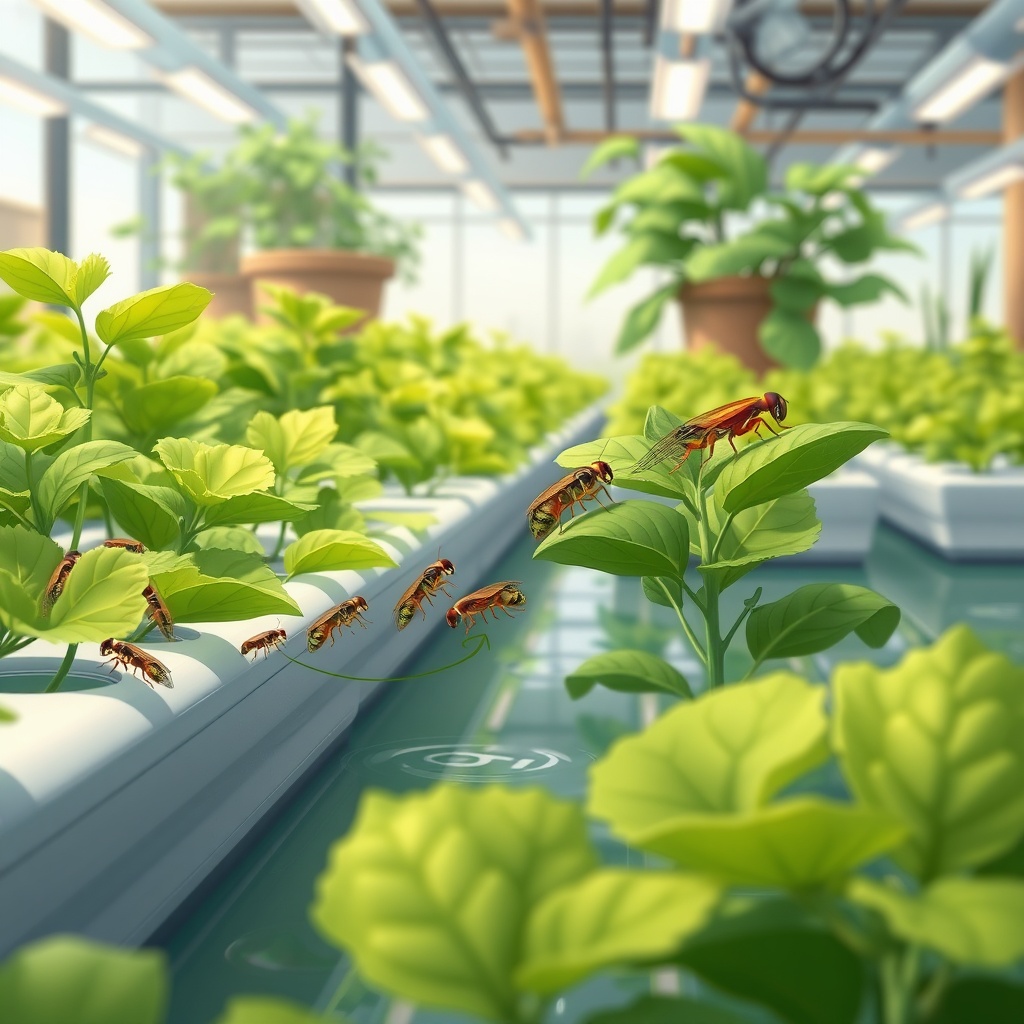Understanding the Role of Fungi in Hydroponics
In the realm of hydroponics, where soil is absent and nutrients are delivered directly to plant roots, the significance of beneficial fungi cannot be overstated. These microorganisms play a pivotal role in enhancing root health and boosting plants’ resistance to pests and diseases. Unlike traditional farming, hydroponics offers a unique environment that, when optimized with beneficial fungi, can lead to remarkable growth and resilience.
Fungi, particularly mycorrhizal fungi, form symbiotic relationships with plant roots, facilitating improved nutrient uptake and enhancing overall plant vigor. This partnership not only promotes healthier plants but also creates a robust defense mechanism against common pests and pathogens, making the integration of these fungi an essential practice for hydroponic growers.
Top Beneficial Fungi for Hydroponic Systems
Several species of beneficial fungi have garnered attention for their exceptional performance in hydroponic setups. Below is a curated list highlighting their primary benefits:
- Arbuscular Mycorrhizal Fungi (AMF): Enhance nutrient absorption, particularly phosphorus, and improve root structure.
- Trichoderma: Known for its ability to suppress pathogens and promote healthy root systems, Trichoderma species also boost plant immunity.
- Rhizopus: This fungus aids in nutrient breakdown, making them readily available for plant uptake while also enhancing soil structure.
- Mycorrhizae: Play a crucial role in nutrient exchange and increase resistance to root diseases.
Incorporating these fungi not only improves nutrient efficiency but also helps in managing plant health, ultimately leading to higher yields and lower input costs.
Implementing Fungal Solutions in Hydroponic Systems
To fully leverage the advantages of beneficial fungi, hydroponic growers must adopt specific practices that encourage fungal growth and activity. Here are several key strategies:
- Inoculation: Introduce beneficial fungi into the hydroponic system at the planting stage to establish a strong foundation.
- Monitoring pH Levels: Maintaining optimal pH levels (around 6.0) promotes fungal activity and ensures effective nutrient availability.
- Maintaining Moisture: Ensure the growing medium retains adequate moisture, as beneficial fungi thrive in slightly humid conditions.
By implementing these practices, hydroponic growers can create an environment where beneficial fungi flourish, resulting in healthier plants and a more resilient system. As the agricultural landscape continues to evolve, the integration of beneficial fungi stands out as a sustainable approach to enhancing productivity and pest resistance in hydroponic farming.




